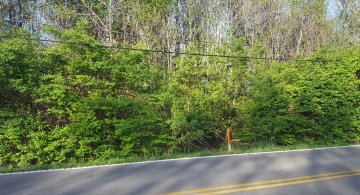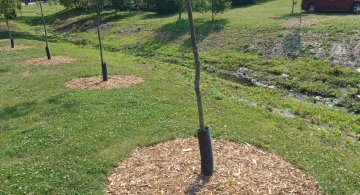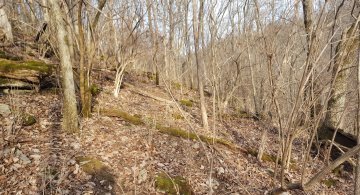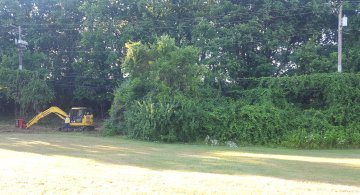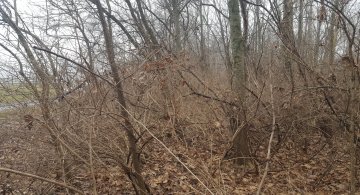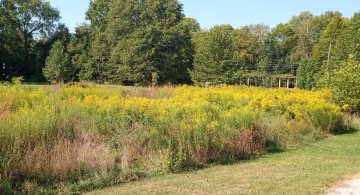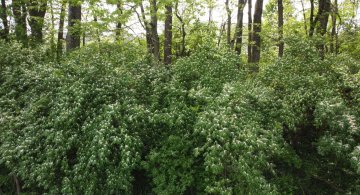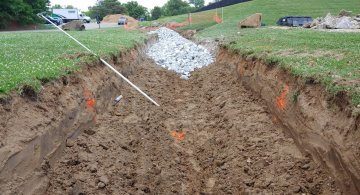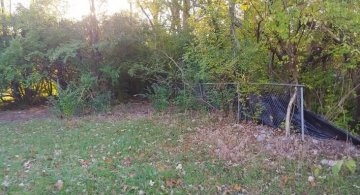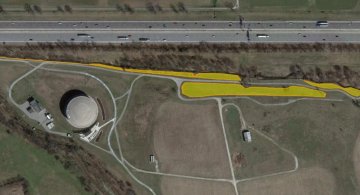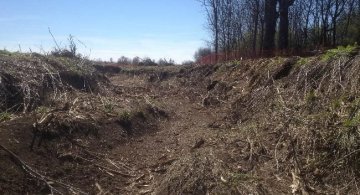Considering the potential lifetime of a project, the process of design and installation is a relatively brief instance. The first years of ecological restoration are fundamental to a project's success. For example, it can take just a number of minutes to sow wildflower seed on prepared soil. However, it may take three to five years before a prairie or meadow plant community becomes established. Likewise, creating a forest is more than planting a collection of individual trees. A forest is a complex community that, as a whole is greater than the sum of its parts. Ecological restoration is more than putting parts in place and flipping a switch “on”.
When we use the term “ecological stewardship” we are addressing what happens beyond the placement of natural items in a particular pattern. Stewardship is the careful and responsible management of something entrusted to one's care. It guides a project to its greatest potential. Ecological stewardship is knowing how to boost forward momentum and what actions are appropriate to ensure intended outcomes. It is a cycle of observing conditions, assessing changes, selecting appropriate actions and monitoring their effects. Results can be seen as reducing operational costs or mitigating losses, as well as increasing performance, productivity, life span and resiliency.
In many ways, stewardship is managing ecological assets to ensure the optimal return on investments. We develop stewardship programs that best match the client’s needs and project scope.
Elements of our stewardship programs may include:
-
Development and implementation of monitoring plans
-
Annual or quarterly reports to clients
-
Documentation and data collection
-
Identification of issues and corrective actions
-
Invasive species controls
-
Repairs or replacements
-
Engagement with property managers and/or users
-
Collaboration on research and educational programs

